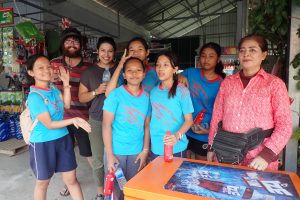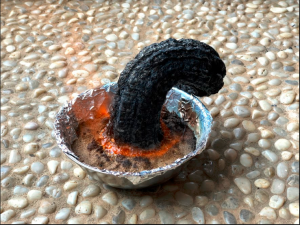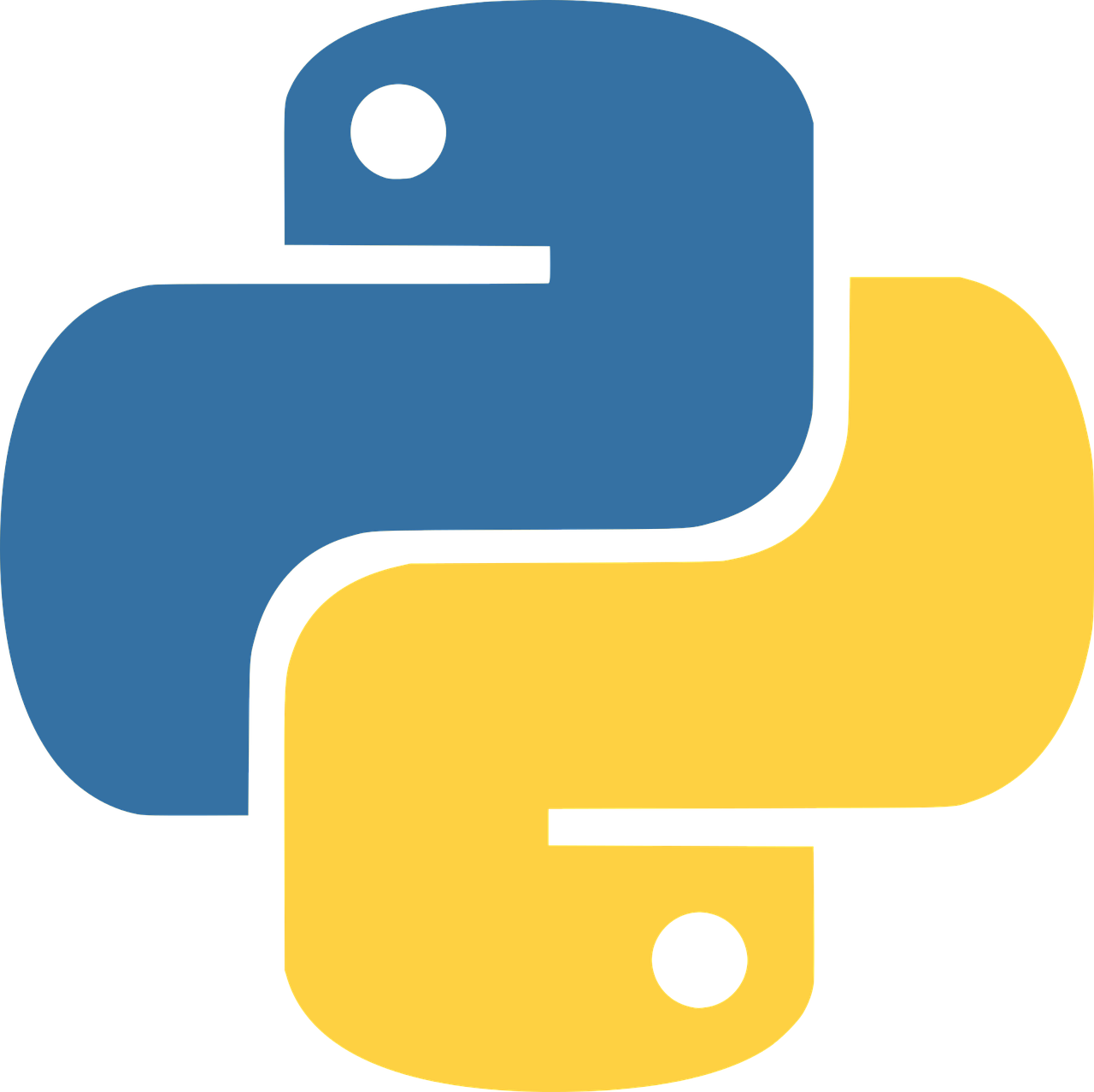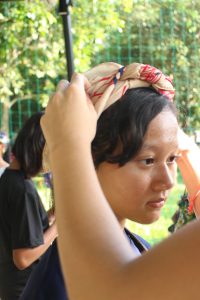Being a leader, survival in the lack of resources, communication, collaboration and working as a team, respect, sharing and listening. These are the qualities that change agents ought to be able to display under different circumstances. In order to practice and learn more about these skills and qualities, I and another junior student (Kimhor) led an ASE (After_School_Extensions) called IDY (I_Dare_You) that involves other 8 students. The ASE main goal is to help students to be able to express their own skills through different challenges and missions. For example, in the second week of the ASE, we arranged a bike trip to the neighboring community with all of the participants. The participants have to complete a mission where they need to go and ask the villagers for drinks due to their lack of money. Because most of them are dehydrated and tired from the long bike ride, they worked as a team and tried their best to communicate with the villagers with respect to get these drinks. They tried many different strategies including offering to help with chores, entertain the villagers by singing, dancing with them, etc.
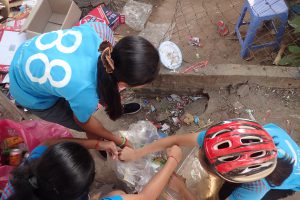

Throughout the course of this ASE, they continued doing these types of missions, interview and listen to different people, interact with each other through fun games and challenges. The final project that we want the participants to finish is creating a journal or memoir that reflects the whole ASE where they can also put in the stories of different people they interviewed. Overall, leading this ASE is a success and I am looking forward to be seeing these qualities grow even the course is finished.
